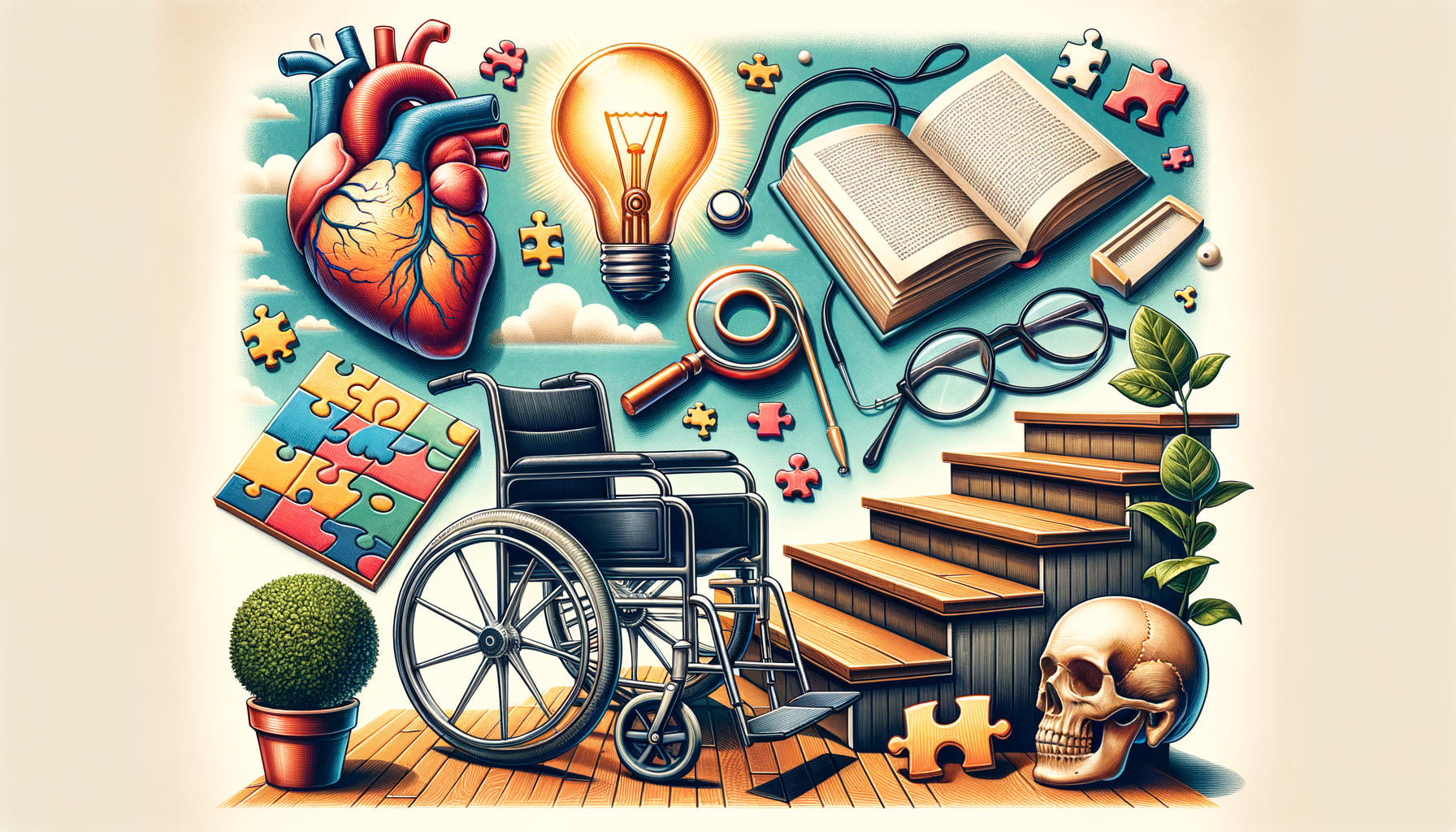What Are Common Challenges After a Stroke for Older Adults?
Following a stroke, what kinds of difficulties can arise for later-life individuals? Adapting to altered mobility and daily routines often requires significant effort. Navigating changes in communication and cognitive function may also present obstacles during the recovery journey.

Understanding Physical and Cognitive Difficulties Experienced by Older Adults After a Stroke
For older adults, the aftermath of a stroke often brings a myriad of challenges that can significantly alter their daily lives. Physical and Cognitive Difficulties Experienced by Older Adults After a Stroke are among the most prevalent issues. Physically, stroke survivors may experience hemiparesis, which is weakness on one side of the body, or hemiplegia, which is complete paralysis on one side. These conditions can make basic activities such as walking, dressing, or eating a daunting task.
Cognitively, the impact can be just as profound. Many older adults face issues such as memory loss, difficulty with language, and impaired problem-solving skills. This can be particularly frustrating for individuals who were once independent and active. The cognitive challenges can lead to a decreased ability to perform tasks that require planning and decision-making, affecting their overall quality of life.
To manage these difficulties, rehabilitation often includes physical therapy to improve mobility and occupational therapy to help with daily tasks. Speech therapy might also be necessary to address communication issues. The road to recovery can be long, and the progress may be slow, but with consistent effort and support, improvements are possible.
Emotional and Psychological Challenges Faced by Older Stroke Survivors
Beyond the physical and cognitive hurdles, Emotional and Psychological Challenges Faced by Older Stroke Survivors are equally significant. The sudden change in their abilities can lead to feelings of frustration, anger, and even depression. The loss of independence and the need for assistance in daily activities can be a hard pill to swallow, affecting their self-esteem and confidence.
Moreover, the fear of experiencing another stroke can create anxiety, making it difficult for survivors to relax and enjoy life. Social isolation is another concern, as mobility issues and communication difficulties can lead to withdrawal from previously enjoyed social activities. This isolation can exacerbate feelings of loneliness and depression.
Addressing these emotional challenges requires a comprehensive approach. Support from family and friends is crucial, as is professional help from counselors or psychologists. Support groups can also provide a sense of community and understanding, as sharing experiences with others who face similar challenges can be incredibly therapeutic.
Strategies for Managing Daily Life and Rehabilitation Post-Stroke in Older Adults
Adapting to life after a stroke involves more than just physical rehabilitation. Strategies for Managing Daily Life and Rehabilitation Post-Stroke in Older Adults are essential for fostering independence and improving quality of life. A key strategy is establishing a routine that incorporates rehabilitation exercises, rest, and leisure activities to maintain a balance.
Assistive devices like walkers, canes, or grab bars in the home can enhance safety and mobility. Simple modifications, such as rearranging furniture to create clear pathways or using adaptive utensils, can make daily tasks more manageable. Technology, too, plays a role; apps for medication reminders or virtual therapy sessions can provide additional support.
Equally important is setting realistic goals and celebrating small achievements. This approach can motivate older adults to continue with their rehabilitation efforts. Encouraging participation in social activities, even if it’s just a short walk in the park or a coffee with a friend, can help combat feelings of isolation and improve mental health.
Ultimately, the journey of recovery is unique to each individual, but with the right strategies and support, older adults can navigate the challenges of post-stroke life with resilience and hope.